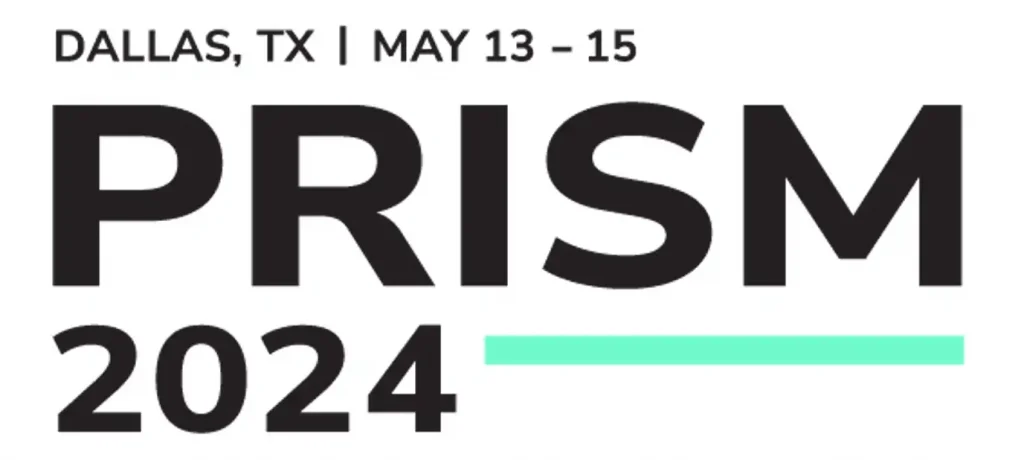Guest Author: PRISM Advisory Board member Sairah Burki, Managing Director, Head of Regulatory Affairs and Sustainability, CREFC
Commercial real estate (CRE) continues to make headlines as the industry deals with the one-two punch of high interest rates and declining property values, particularly in the office sector. Adding to the challenging environment, the latest data suggest that nearly $930 billion in CRE debt matures in 2024, and another $1 trillion through 2026.
As articulated in an earlier piece authored by CREFC’s Executive Director Lisa Pendergast:
“We have yet to enter the ‘eye of the storm’…many maturing loans will be challenged to secure sufficient refinance capital. Over time, this dynamic will increase delinquencies, and ultimately, loan losses. The complexity of today’s markets (lack of pricing transparency, sharply higher mortgage rates, potentially underperforming CRE assets) indicates that it will take time for 2023 and 2024 maturing loans to be worked through between borrowers and loan servicers, suggesting a potentially prolonged downturn.”
Against this backdrop, it’s critical that policymakers avoid taking actions that could unnecessarily squeeze CRE debt liquidity.
Proposed Bank Capital Requirements and Unjustified Impact on CRE Liquidity
It has been hard to escape the proposed Basel Endgame, the subject of an unprecedented ad campaign by banks and their allies who are concerned about unjustified and significant potential increases in bank capital requirements. Narrowing the focus from the larger banking footprint to CRE, CRE Finance Council (CREFC) continues to be concerned about the potential reduction in CRE liquidity, particularly in the securitization market.
The securitization of loans is a key part of the lending ecosystem, adding capital and diversification to the lender and investor base beyond what balance sheet lending can provide on its own. The proposed rule would increase capital requirements for most bank investor exposures to securitizations, including commercial mortgage-backed securities (CMBS) and CRE collateralized loan obligations (CLOs).[1] The proposal, however, does not adequately explain the reasoning behind such a sharp increase to capital and runs counter to the steps being taken in Europe.
The proposal contains additional elements, such as a universal cross-default provision. This provision would require banks to automatically classify all loans to a borrower as “defaulted” if any loan made to that borrower (from any creditor) defaults. Such measures could worsen banks’ ability to lend safely and effectively to CRE borrowers and as such, we hope to work effectively with policymakers to lessen the impact.
Long Days Ahead
We expect some long days ahead for CRE, particularly in a continued environment of high interest rates and challenged property valuations. Senior regulators have pointed to CRE as a key risk in the financial system, although they have stopped short of attaching a “systemically risky” label. As troubled loans are processed it’s crucial that regulatory rulemakings don’t worsen an already challenging situation. CREFC is committed to ensuring that proposed rule makings or legislation address actual problems without unintentionally adding to liquidity pressure in an already challenging environment.
Join us at the 2024 LightBox PRISM Conference in Dallas, TX from May 13-15, where we’ll explore the industry’s timeliest topics, including lender risk management in today’s volatile CRE market. Learn more about PRISM 2024 >

[1] The Proposed Rule would increase the supervisory calibration parameter (known as the “p factor”) in the approach to determining the risk weights for a securitization exposure from 0.5 to 1.0. Such a doubling of the p factor would more than double the risk weight for many securitization exposures.

